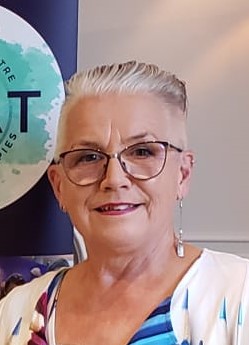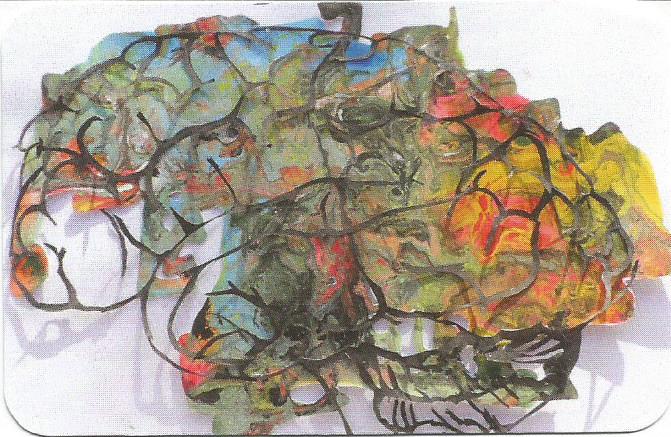
Welcome – I'm a Qualified Art Psychotherapist Here to Support Your Healing Journey
I’m a compassionate and HCPC-registered art psychotherapist with over seven years of experience working with children, adolescents, and adults. I offer a safe, non-judgmental space where you can explore emotions, express yourself creatively, and begin the process of healing—at your own pace.
My personal connection to art began in early childhood, and I’ve always used creativity to make sense of difficult feelings. This personal experience, combined with my professional training, has shaped my belief in the profound power of art to access emotions that are often too complex for words.
In my practice, you don’t need to be “good” at art. The focus isn’t on making something beautiful—it’s about the process. Every mark made is meaningful and can help you better understand yourself, your emotions, and your experiences.
My approach integrates psychodynamic, person-centred, and phenomenological principles. I gently guide clients to create images that may reflect inner feelings, unconscious thoughts, or life experiences. We then reflect together on what emerges in a way that feels safe and empowering.
I have supported clients facing a wide range of challenges, including:
Emotional regulation difficulties in children
Complex trauma and attachment issues
Anxiety, depression, and low self-esteem
Grief and loss
Recovery from trauma
Each client is unique, and I adapt my approach to suit your individual needs and goals. Whether you're navigating a specific issue or simply feeling stuck, art therapy can provide a powerful outlet for self-discovery and healing.
Qualifications & Professional Standards
MA in Art Psychotherapy – University of Derby
HCPC Registered Art Psychotherapist
Member of the British Association of Art Therapists (BAAT)
Safeguarding training for children and adults (Level 1 & 2)
DBS certificate
I am committed to ongoing professional development and adhere to the highest ethical standards. It’s a privilege to support people in reconnecting with their creativity and building emotional resilience through the art therapy process.
Ready to Take the Next Step?
If you’re curious about how art therapy might help you or someone you care about, I’d be happy to talk. Please feel free to get in touch to arrange an initial conversation or book a session.


